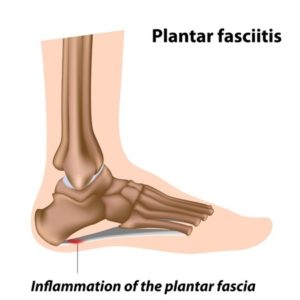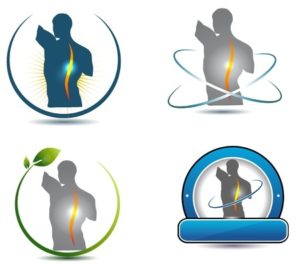Fibromyalgia and Chiropractic Care
Dr. Heather King DC and Sonja Hintz, RN, Serenity Health Care Center S.C.
Are you suffering with fibromyalgia? According to NIH, National Institute of Arthritis and Musculoskeletal and Skin Diseases, “Fibromyalgia syndrome is a common and chronic disorder characterized by widespread pain, diffuse tenderness, and a number of other symptoms.”
In my practice, I find that many fibromyalgia patients suffer from persistent backaches, neck pain, headaches, leg cramps, leg and foot pain. But you can get relief! Chiropractic care can help reduce and even in some cases alleviate persistent symptoms.
In a 2006 study of 20 female patients with fibromyalgia that suffered from high pain levels, sleep disturbances and reduced actives of daily living were treated with ultrasound and chiropractic adjustments for up to 20 sessions. The conclusions showed that the symptoms felt by the patients were dramatically reduced. 1.
Chiropractic treatment can help assist with many of symptoms that patients with fibromyalgia are feeling. Improves function not only through adjustments but also by incorporating therapies such as ultrasound, exercise and massage to their treatment program. These patients are being helped to live their lives to the fullest potential. When treating fibromyalgia the goal is to improve quality of life and help reduce the overall effect on the body.
Chiropractic is a natural approach to treating the body through the use of spinal adjustments to remove fixations of joints. Chiropractors adjust the spinal column but misalignments can occur throughout the body, which can affect the nerves, muscle and organs. By adjusting the fixations and removing nerve interference the goal is to reduce the pain, inflammation and muscles spasm to allow the body to function as optimally as possible. Although there is no known cure for fibromyalgia, there are treatments available that can help improve symptoms and quality of life.
Chiropractic can be used in conjunction of other forms of treatment, such as:
- Nutritional supplementation can assist in the treatment of many of the painful symptoms of fibromyalgia. The nutrient MSM (methylsulfonylmethane) is a naturally occurring sulfur compound found in humans that inhibits pain impulses due to anti-inflammatory properties. This supplement can be added to assist in decreasing the impacts of pain by reducing inflammation. It’s widely used as a supplement for arthritic conditions and pain.
- Sulfur is needed for proper cellular function. Patients may want to consider using supplemental sulfur sources such as MSM include those who have chronic inflammatory conditions like fibromyalgia and arthritis.
If you would like to schedule a chiropractic consultation, call Serenity Health Care Center at 262-522-8640.
1Short and Long-Term Results of Connective Tissue Manipulation and Combined Ultrasound Therapy in Patients with Fibromyalgia, J Manipulative Physiol Ther 2006 (Sep); 29 (7): 524-528







